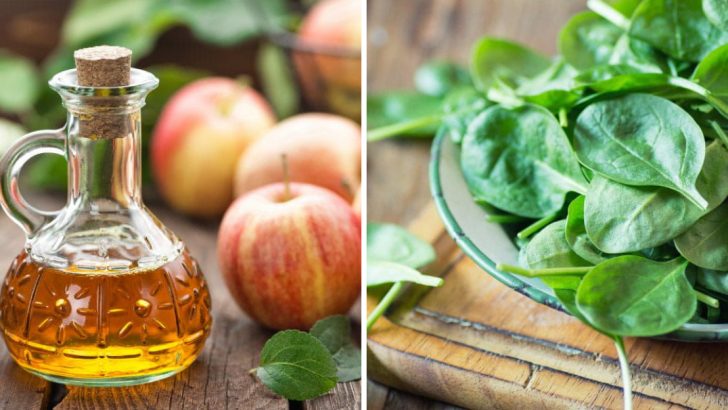Insulin resistance happens when your body’s cells stop responding well to insulin, making it harder to control blood sugar. Left unchecked, it can lead to type 2 diabetes and other serious health problems.
The good news? Your kitchen might already contain powerful allies in this metabolic battle. These superfoods pack natural compounds that help your body process sugar more efficiently, reduce inflammation, and improve sensitivity to insulin.
1. Cinnamon
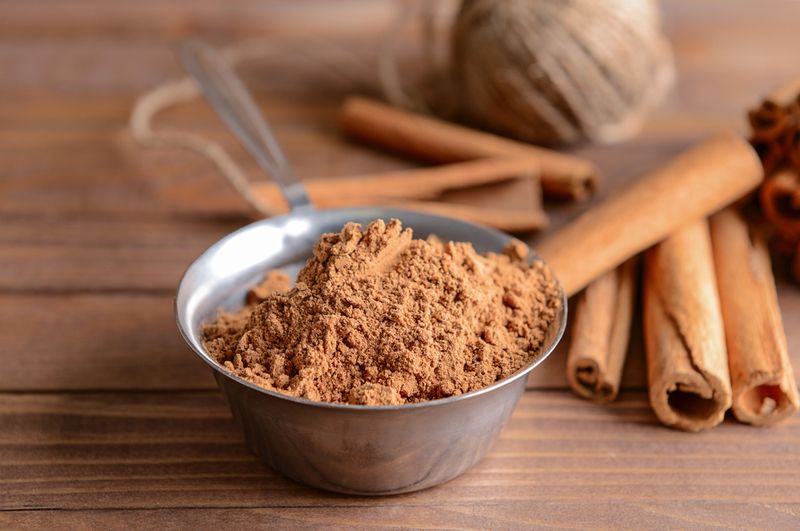
Sprinkle this aromatic bark on your morning oatmeal and watch the magic happen! Cinnamon contains compounds that mimic insulin, helping glucose enter your cells where it belongs instead of floating aimlessly in your bloodstream.
Just half a teaspoon daily can lower fasting blood sugar by up to 29% in some studies. The Ceylon variety (true cinnamon) works best, with fewer side effects than the cheaper Cassia type found in most grocery stores.
2. Berries
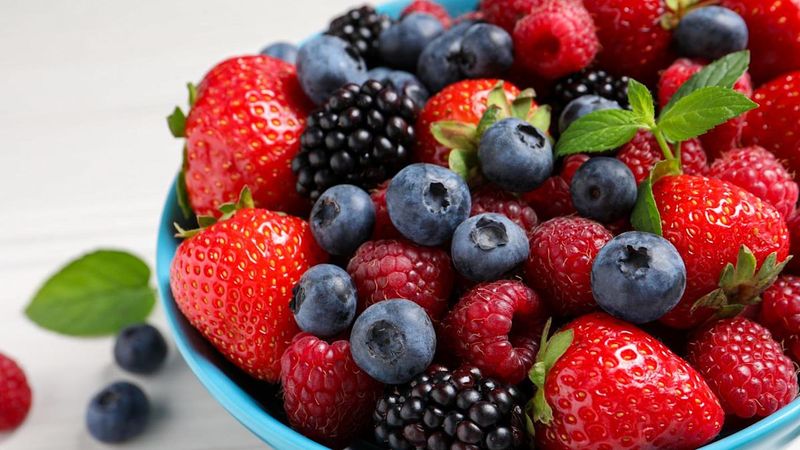
Blueberries, strawberries, raspberries—oh my! These colorful gems aren’t just Instagram-worthy; they’re metabolic warriors packed with anthocyanins that combat inflammation driving insulin resistance.
Research shows berry-eaters experience improved insulin sensitivity after just six weeks. Their fiber content slows sugar absorption, preventing those dreaded blood glucose spikes that make your pancreas work overtime.
3. Fatty Fish

Salmon doesn’t just taste luxurious—it actually rewires your cells! The omega-3 fatty acids in fatty fish like salmon, mackerel, and sardines reduce inflammation and improve your cells’ insulin receptors.
Harvard researchers found people who eat fish twice weekly slash their type 2 diabetes risk by a whopping 36%. The secret lies in those EPA and DHA fatty acids that make cell membranes more fluid, allowing insulin to bind more effectively.
4. Leafy Greens
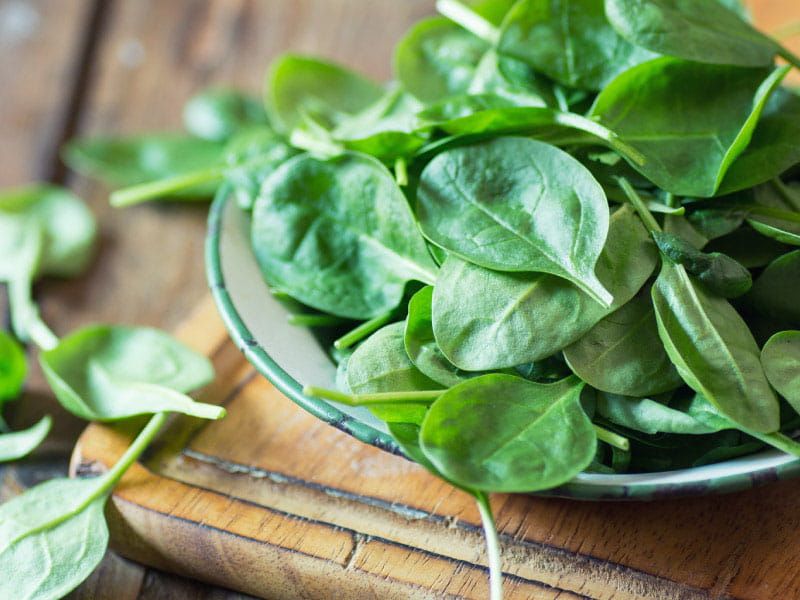
Kale, spinach, and their leafy cousins might not have flashy marketing campaigns, but they’re metabolic miracle workers! Packed with magnesium—a mineral that 80% of Americans don’t get enough of—these greens directly impact how your body handles glucose.
Low magnesium levels correlate strongly with insulin resistance. Just one cup of cooked spinach delivers nearly 40% of your daily magnesium needs, plus vitamin K and polyphenols that further support healthy blood sugar.
5. Turmeric
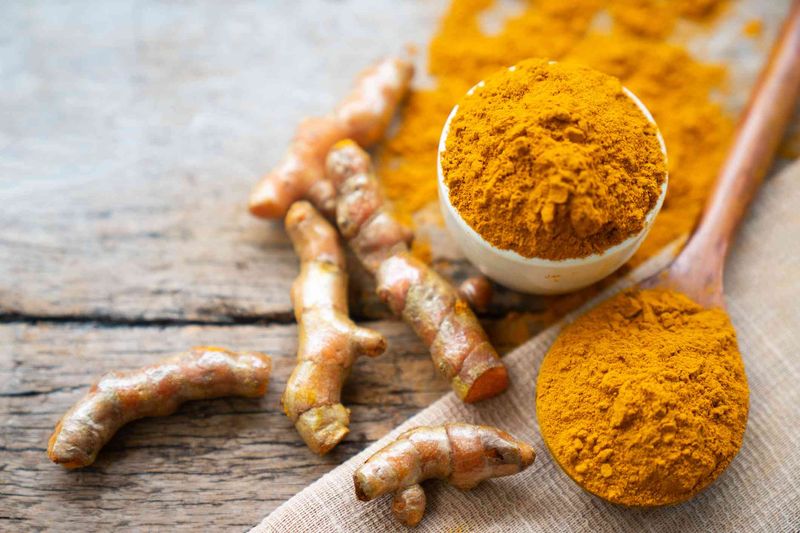
That yellow powder staining your countertops might be worth the mess! Curcumin, turmeric’s active compound, fights inflammation like a tiny golden warrior in your bloodstream, targeting the exact inflammatory pathways that promote insulin resistance.
Studies show turmeric can lower blood sugar, reduce insulin levels, and improve insulin sensitivity. The catch? Your body struggles to absorb curcumin alone, so always pair it with black pepper (which contains piperine) to boost absorption by a mind-blowing 2,000%.
6. Apple Cider Vinegar
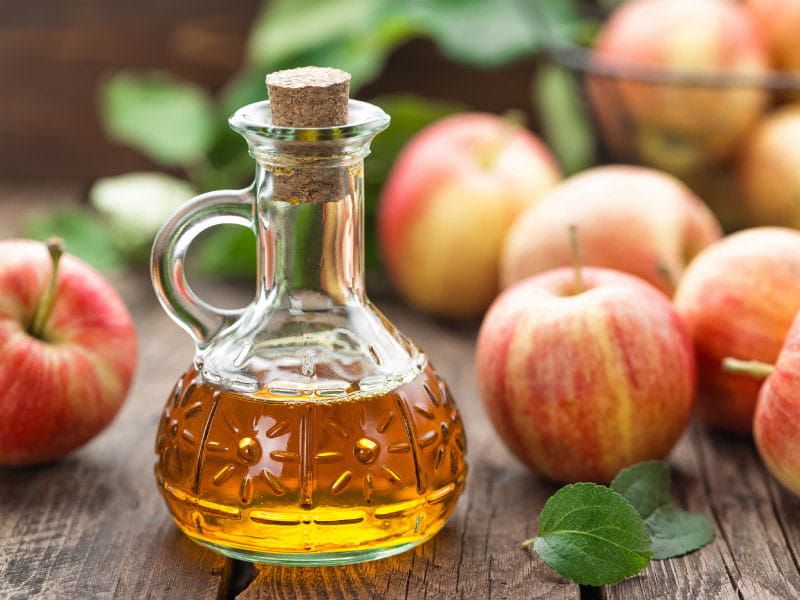
That pungent liquid hiding in your pantry isn’t just for salad dressing! Apple cider vinegar (ACV) contains acetic acid that performs metabolic magic, improving insulin sensitivity by up to 34% when consumed before carb-heavy meals.
The secret? ACV temporarily blocks enzymes that digest starches, preventing rapid sugar dumps into your bloodstream. It also encourages your muscles to suck up glucose from your blood, exactly what we want when battling insulin resistance!
7. Avocados
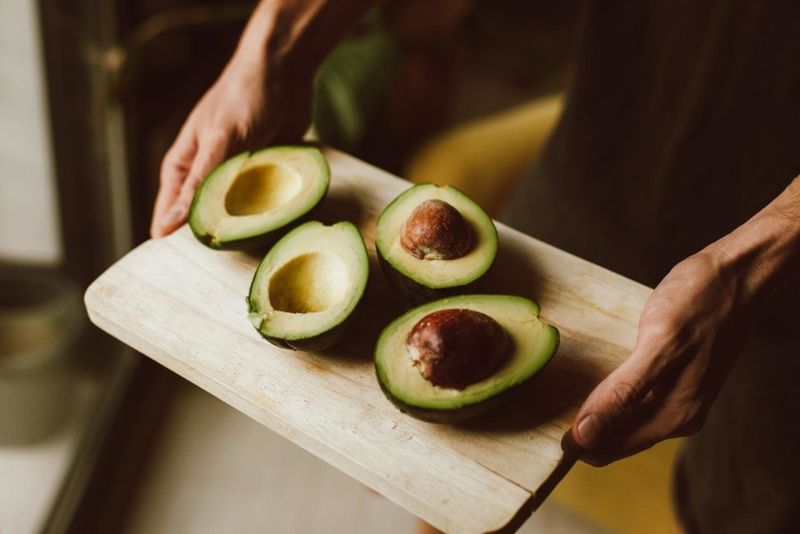
Forget their Instagram fame—avocados deserve medical recognition! These creamy fruits contain monounsaturated fats that slow digestion, preventing the blood sugar rollercoaster that exhausts your insulin response.
One study found adding half an avocado to lunch reduced participants’ insulin spikes by 40%. They’re also packed with potassium (more than bananas!) which plays a crucial role in insulin secretion and sensitivity.
8. Legumes
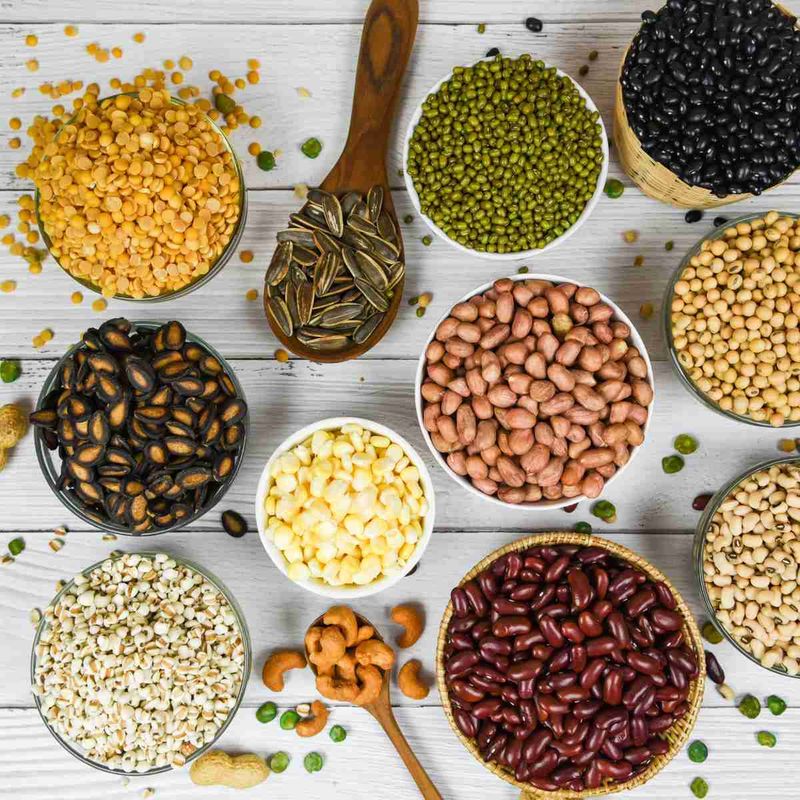
Beans, beans, the magical fruit—turns out the playground rhyme was onto something! Chickpeas, lentils, and their legume relatives are packed with resistant starch, a unique fiber that feeds your gut bacteria rather than spiking your blood sugar.
Harvard researchers found eating just one cup of legumes daily improved blood sugar control and reduced insulin needs in diabetic patients. Their impressive protein-fiber combo creates a one-two punch against insulin resistance.
9. Nuts

Almonds, walnuts, and pistachios aren’t just snacks—they’re metabolic medicine! These crunchy morsels contain a perfect storm of magnesium, fiber, and healthy fats that improve insulin sensitivity and reduce post-meal blood sugar spikes.
Walnuts deserve special mention for their alpha-lipoic acid content, which can reduce inflammation and improve insulin sensitivity by up to 25% in some studies. Just a small handful (about 1 oz) daily is all you need.
10. Extra Virgin Olive Oil

The Mediterranean diet’s secret weapon isn’t just for salads! Extra virgin olive oil contains polyphenols that reduce inflammation and oleocanthal that works similarly to ibuprofen, but without the side effects.
Research shows consuming 2 tablespoons daily can improve insulin sensitivity by up to 15%. The key is buying genuine extra-virgin olive oil—many cheaper brands are diluted with inflammatory vegetable oils that worsen insulin resistance.

